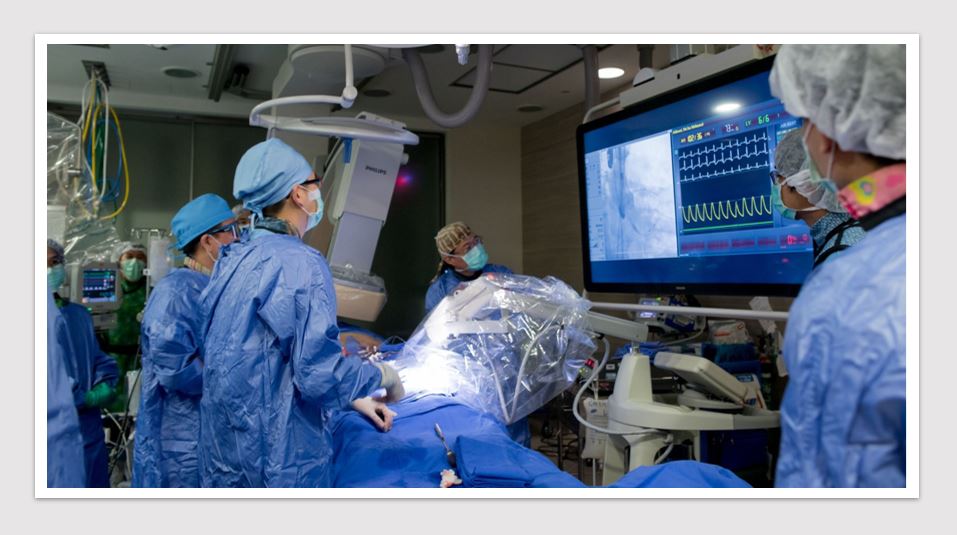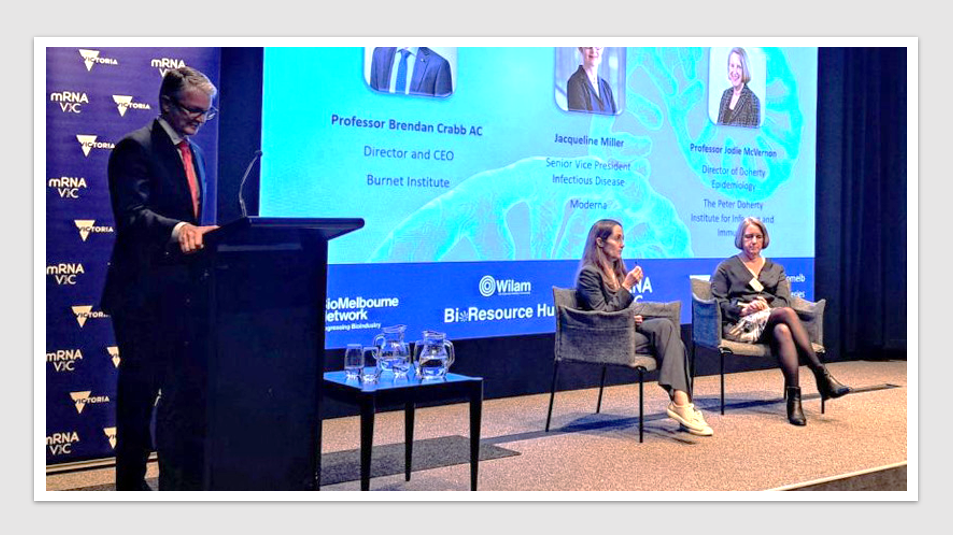News & Trends - MedTech & Diagnostics
Edwards TAVI outperforms surgery in cost-efficiency for low-risk patients

MedTech News: In patients with severe aortic stenosis at low surgical risk, the overall cost of TAVI with Edwards Lifesciences Sapien 3 valve is less compared to surgery at 2 years, according to new PARTNER 3 data presented at the 33rd Transcatheter Cardiovascular Therapeutics (TCT) conference, the annual scientific symposium of the Cardiovascular Research Foundation.
Dr David Cohen, St. Francis Hospital and Heart Centre, Roslyn, NY, and Cardiovascular Research Foundation, New York, NY who presented the findings at TCT 2021, said “I think in the earliest days of TAVR, we could’ve never expected to match surgical AVR for these low-risk patients both clinically [and] economically.”
These results matter because “we need to know that we’re not bankrupting the healthcare system with all of this advanced technology and these less-invasive procedures,” he continued. “These results are very reassuring that despite the much higher cost of the valve we’re actually saving the health system money at least at 2 years.”
Commenting on the study at the conference, Dr Edward Chen, Duke University Medical Centre, Durham, NC, said the findings “are extremely important to know because as we continue to improve upon the care that we provide our patients with cardiovascular disease, particularly in the structural heart arena, I think it’s important that we not only demonstrate quality in these innovative therapies and these new therapies, but also value. This is important information, and I look forward to seeing how this value will trend over a time period beyond 2 years, maybe to the 5- or 10-year mark.”
Clinical events over time will likely tell the economic story out to 10 years, Dr Cohen said. “It’s unlikely I think that the costs will catch up over time especially if the valve prices come down. It’s really going to be whether there are meaningful differences in durability of the valve or in survival. That’s really what’s going to drive things.”
During the index hospitalisation, procedure duration was lower (mean 59 vs 208 minutes) and length of stay was shorter (mean 1.9 vs 6.5 days), including ICU time (mean 0.8 vs 2.7 days) for TAVI than for surgery (P<0.001). Additionally, more TAVI patients were discharged to home (95.9% vs 73.1%; P<0.001). This translated to comparable index hospitalisation costs for both TAVI and surgery (P=0.59).
However, follow-up costs were significantly lower for TAVI from discharge to 30 days and from 30 days to 6 months (P<0.05). From 6 to 12 months and 12 to 24 months, respectively, TAVI was more expensive. As such, total 2-year follow-up costs were less for TAVI compared with surgery (P=0.13). This translated to a cost difference favouring TAVI at 2 years inclusive of index hospitalisation costs (P=0.31).
“That difference wasn’t statistically significant by conventional standards,” Dr Cohen explained, noting “that doesn’t really matter when we’re doing these economic analyses.”
Additionally, there were early quality-of-life benefits as well as a small difference in early mortality for TAVI which led to a 0.05 benefit in quality-adjusted life-years with TAVI over surgery (1.95 vs 1.91). This benefit might not sound like much, “but it’s actually twice the amount of benefit that drug eluting stents adds and it’s similar to the amount of benefit that we saw in PARTNER 1,” Dr Cohen added.
The two subgroups where TAVI would be most cost-effective included patients who were most symptomatic pre-procedure, those who had class 3 or 4 heart failure or patients with Kansas City Cardiomyopathy Questionnaire scores of less than 70. In those patients, the 2-year cost savings were much greater.
Larry Wood, Edwards’ corporate vice president, transcatheter aortic valve replacement, said “These data add to the substantial body of evidence showing the advantages of TAVR over surgery in terms of effectiveness and cost efficiency at all surgery risk levels. We are proud that SAPIEN TAVR continues to stand out as a unique technology that extends patients’ lives, improves quality of life and saves money for the healthcare system.”
News & Trends - MedTech & Diagnostics

Health insurers clash with government on GUIs decision, prompting threat of premium hikes
MedTech & Diagnostics News: A warning of potential increases in health insurance premiums for 15 million Australians has been issued […]
MoreNews & Trends - MedTech & Diagnostics

Catheter ablation underused in atrial fibrillation despite proven efficacy
MedTech & Diagnostics News: A new study highlights that nearly half of all patients hospitalised for atrial fibrillation (AF) in […]
MoreNews & Trends - Biotechnology

How prepared are we for the next pandemic?
Biotech News: The Melbourne biotechnology community came together for a symposium hosted by BioMelbourne and mRNA Victoria, featuring specialists in […]
MoreNews & Trends - Pharmaceuticals

AbbVie’s JAK inhibitor triumphs: Head-to-Head trial reveals superior outcomes in atopic dermatitis
Pharma News: In a head-to-head trial, AbbVie’s JAK inhibitor Rinvoq (upadacitinib) showed superior efficacy over Regeneron and Sanofi’s Dupixent (dupilumab) […]
More